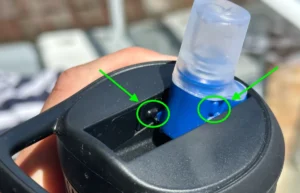S'Well bottles are made from 18/8 stainless steel and they've been great at helping me drink more water each day.
But sometimes I'll put soda in it when I'm hanging out around the house or going on a picnic with the kids. Given how corrosive Coke is and how acidic lemonade is I have wondered if putting soda into a stainless steel bottle is safe.
According to the folks at S'Well, you can put soda in their bottles but some people say it does leave an after taste. The vacuum insulation will help keep your soda cold, which will help it stay carbonated. Make sure to fill you S'Well to to the top to minimize loss of fizz.
You should limit the length of time that you leave soda in the S'Well bottle because overexposure to its acidity and carbonation can potentially damage the stainless steel over time. That doesn't surprise me since Coke can eat through rust.
Some people claim that adding soda to stainless steel bottles creates an aftertaste and can potentially leach metals into your drinks. But this hasn't been proven by any studies yet.
For me personally, I'm happy to put soda in my S'Well from time to time but it's not something I do on a regular basis and I always clean my bottle well after having soda in it.
Can You Put Soda in a S'Well Bottle?
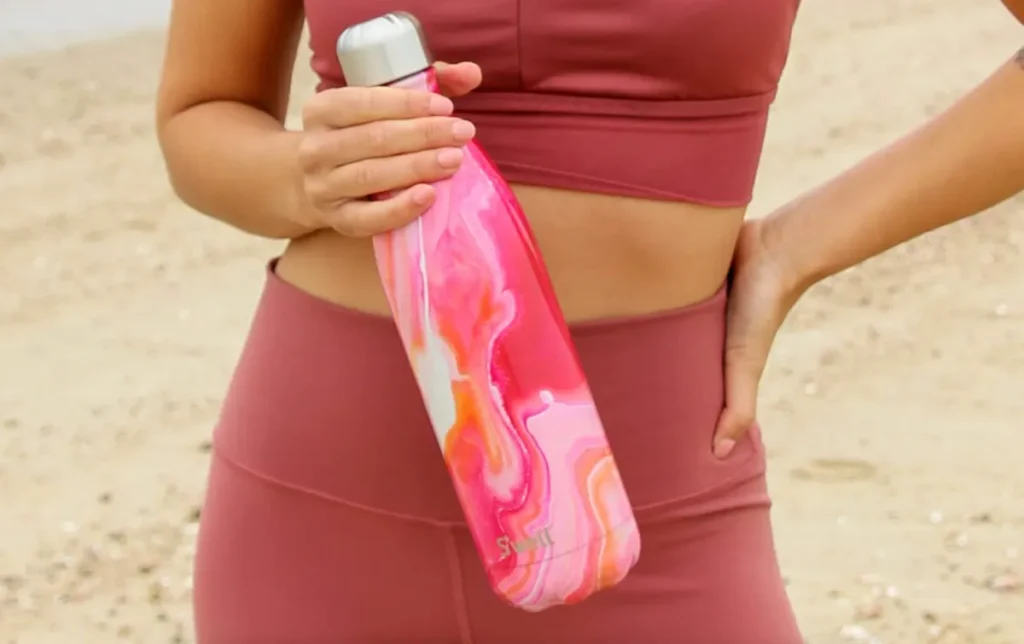
S'Well says it's okay to put soda in their bottles, but they warn users to open their bottles with care if there's soda inside them because the pressure from the carbonation can make the caps fly off.
I highly doubt this could actually happen though as soda is commonly kept in plastic bottles and as you open the lid the gas can escape before the lid is fully open. It's never happened to me but maybe if you really shook up your bottle before opening it's possible.
They also say that you shouldn't use a S'Well bottle for long-term liquid storage to avoid damaging them, which applies to soda too.
We all know that Coke is particularly corrosive, you can actually use coke to remove rust from stainless steel bottles like S'Well, so it can definitely ruin a stainless steel bottle if it's left in there too long.
Soda Is Made In Stainless Steel Tanks
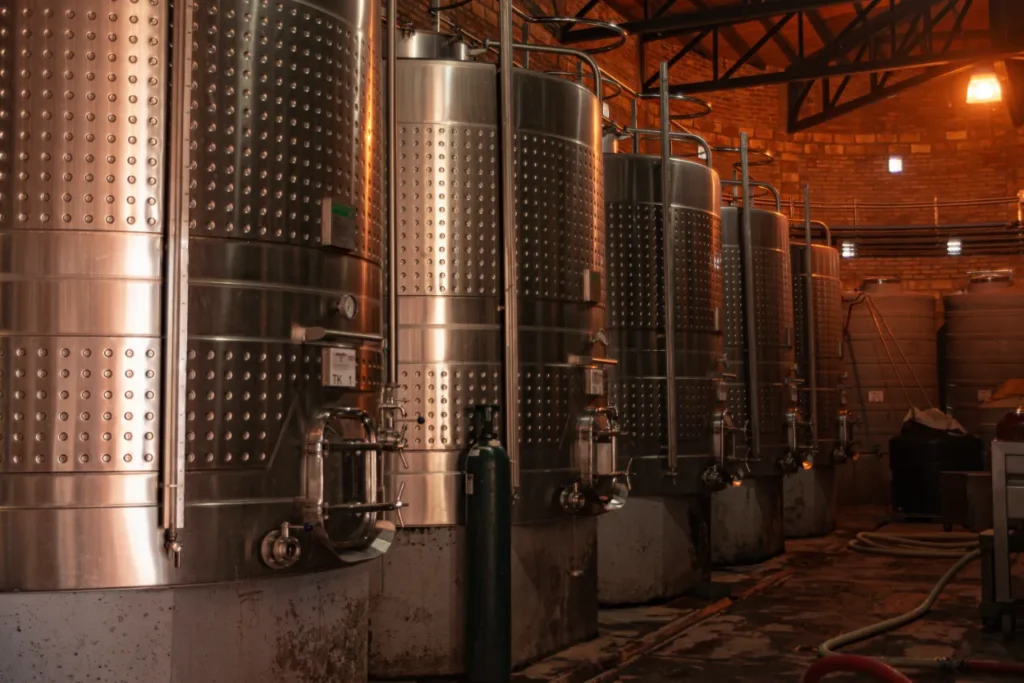
Something that really helped to ease my mind about all this is the fact that before you buy your soda from the super market it's actually manufactured in stainless steel tanks.
The stainless steel used in the factories is likely of a similar grade to the stainless steel used in S'Well bottles and so your soda has likely already spent a great deal of time inside stainless steel anyway.
What Other Beverages Can You Put in a S'Well Bottle?
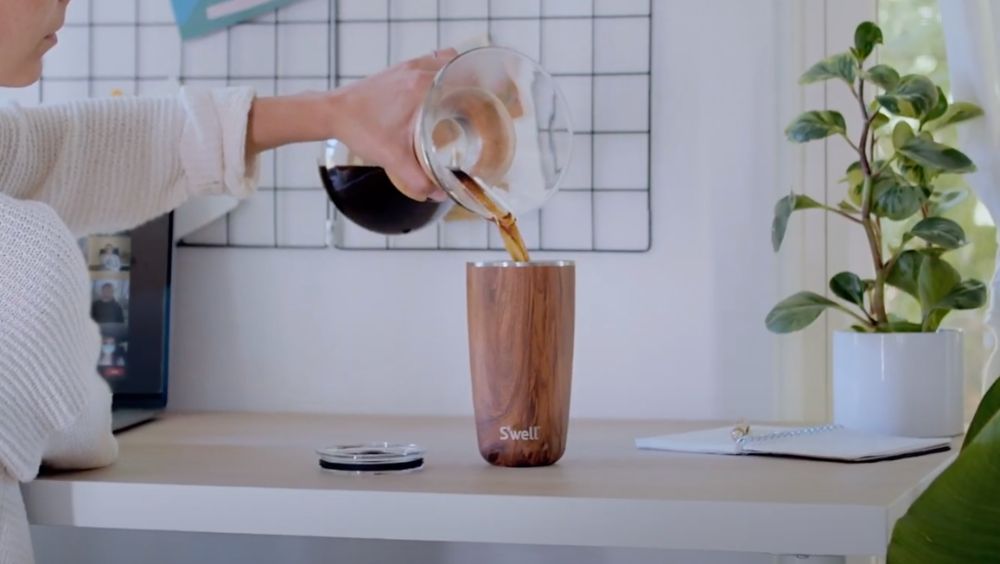
According to the manufacturer, you can put any beverage in a S'Well bottle or tumbler, including lemonade.
It’s obviously great for cold drinks, but it’s excellent for hot drinks hot too.
S’Well can keep your morning coffee hot for up to 12 hours, so you’ll have time to enjoy it even if your kids or coworkers keep you from drinking it right away.
Will Soda Stay Fizzy In A S'Well?

One of the good things about putting soda in your S'Well bottle is that the S'Well bottle will actually help the soda to stay fizzy – if you fill it up correctly.
Soda loses it's fizziness when exposed to the outside air. So having an airtight bottle is super important if you want to stop your soda going flat.
Non-airtight tumblers won't keep your soda as fizzy as a bottle with a closed lid.
It's also really interesting that soda keeps it's fizz better when it's kept at lower temperatures. So the vacuum insulation of the S'Well bottle will help keep your soda cold and thus help keep it fizzy.
For best results you want to fill your bottle all the way to the top with soda so there is little to no air left in the bottle for the carbonation to escape into. Then only open your bottle when you're ready to drink your soda.
The more you open your bottle and the more air in your bottle (eg. as you drink down the soda) the faster it will lose it's fizz.
Are There Any Risks to Putting Soda in a S'Well Bottle?
Some people worry that putting soda in stainless steel tumblers and bottles is unsafe, but are those worries valid?
While it won't do enough damage to the stainless steel to have any serious affect on the bottle, soda could do minor damage to its integrity.
Corrosion

It’s entirely possible for an acidic beverage like soda to corrode the stainless steel in your cup if it's left there for an extended time.
Fortunately, if you only leave these beverages in your bottle for an hour or two and then clean them out afterwards, you shouldn't do much, if any, damage to it.
Residue
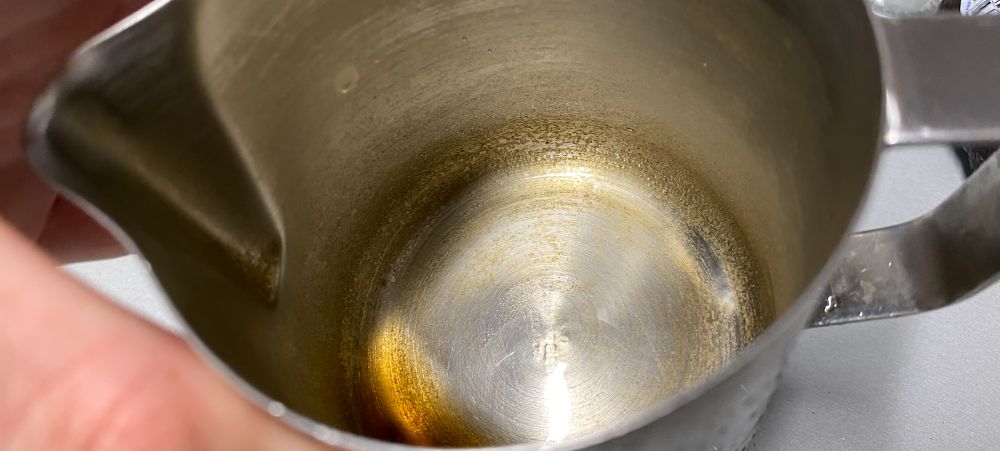
Besides being acidic, soda is also sticky because of its high sugar content.
If you’re going to drink soda from a S’Well bottle, make sure you clean it thoroughly when you finish your drink to avoid any residue build-up inside your bottle or on the seal.
I suggest using this method which helps clean the cloudiness away from bottles. You can use it in your S'Well bottle too and it's so much easier than trying to scrub the sides through the small opening at the top of the bottle.
Metal Leaching
The other major concern you might have with putting soda in your S'Well is the potential for metal leaching.
Stainless steel is made from iron, chromium and nickel. I did a deep dive into the potential effects of these metals in relation to cancer (tldr: there seemed to be no relationship or carcinogenic effects that I could find).
However, according to the inventor of Klean Kanteen – Robert Seals (unverified) most stainless steel bottles these days use a factory process called electro polishing to seal the metal and that it doesn't do a good enough job at sealing it against acidic drinks like lemon juice or soda.
There is a comment on an online forum thread from him. He says:
A. I am Robert Seals the inventor of Klean Kanteen which started the stainless vs plastic revolution; I sold the company years ago. I had the bottles tested back then because as a metal worker I was concerned about electropolishing, which I did not trust. Using an acid equivalent to lemon juice it was found to leach nickel over the acceptable amount allowed by FDA standards. I was concerned enough to print FOR WATER ONLY on the bottles as the same tests showed no detectable metal when water was used.
Soda does have similar acidity levels to lemon juice. So if metal leaching is a big concern for you then I would avoid soda in your bottles completely.
However for me, I feel putting soda in my bottles infrequently is a risk I'm willing to take and it's not something I do regularly anyway.




